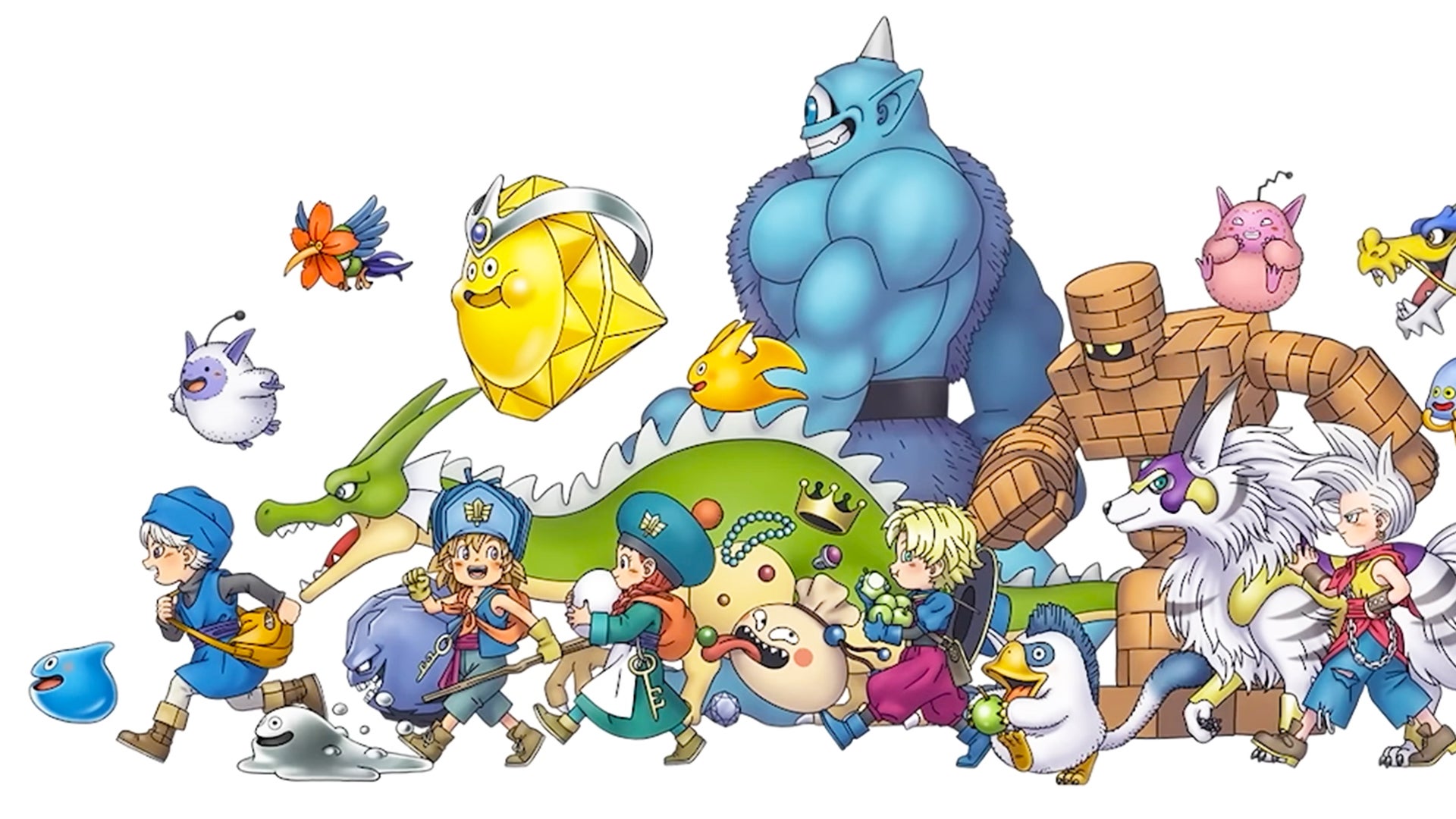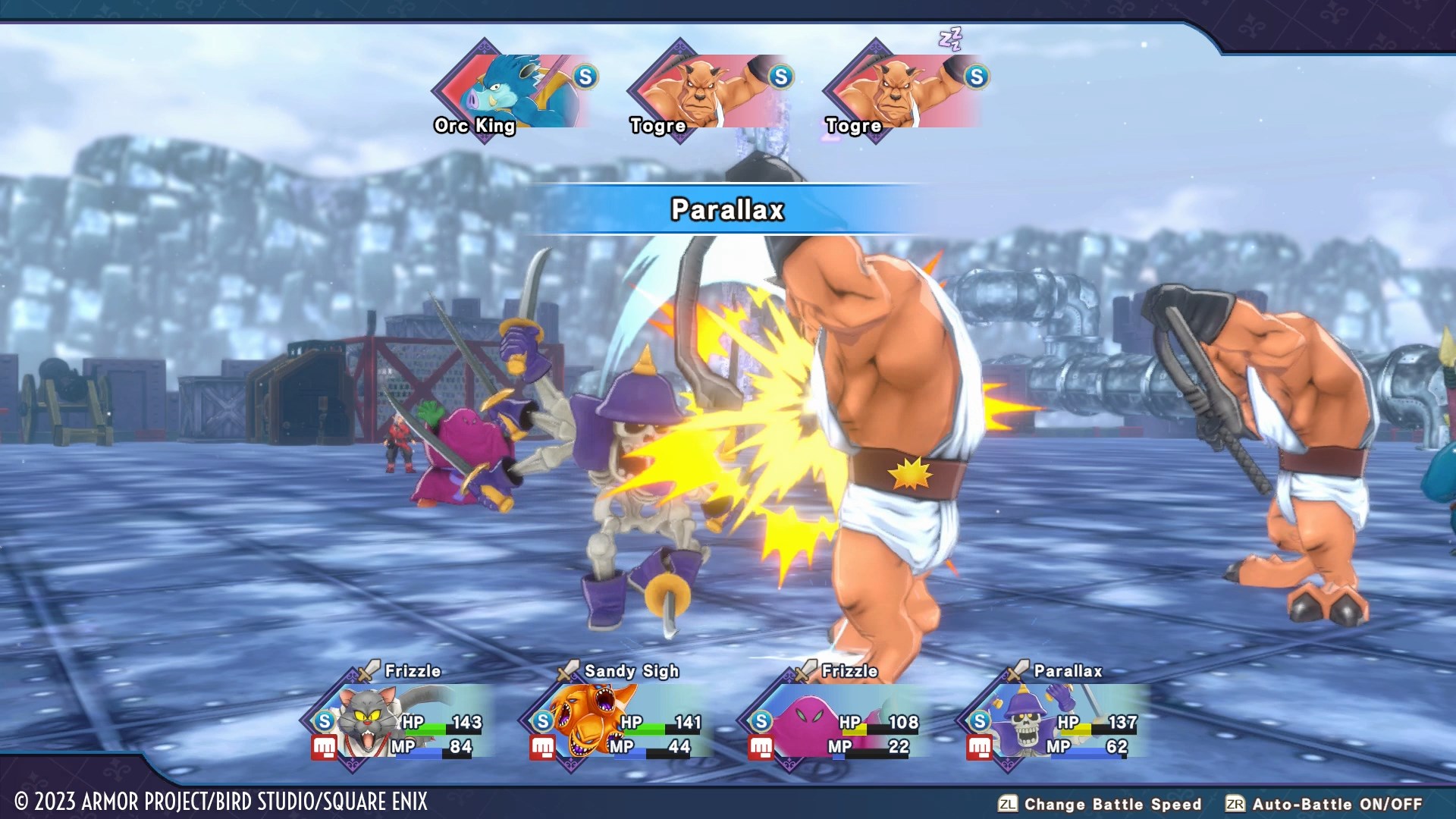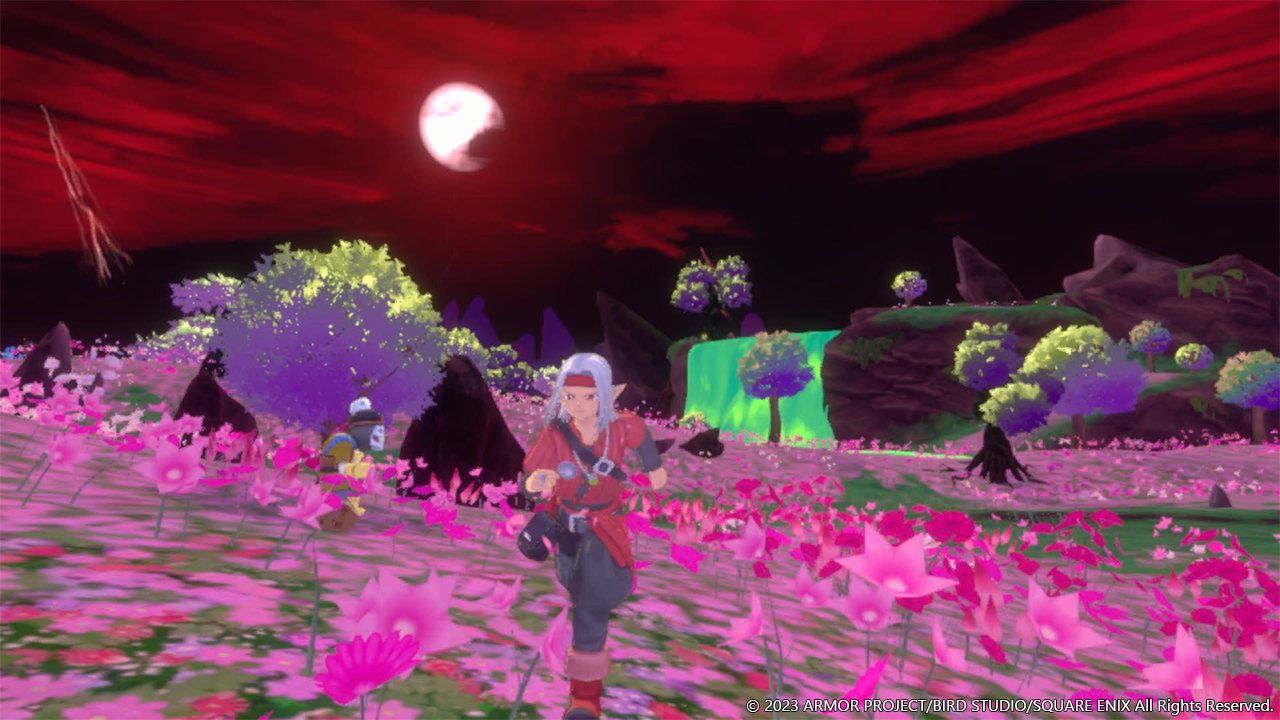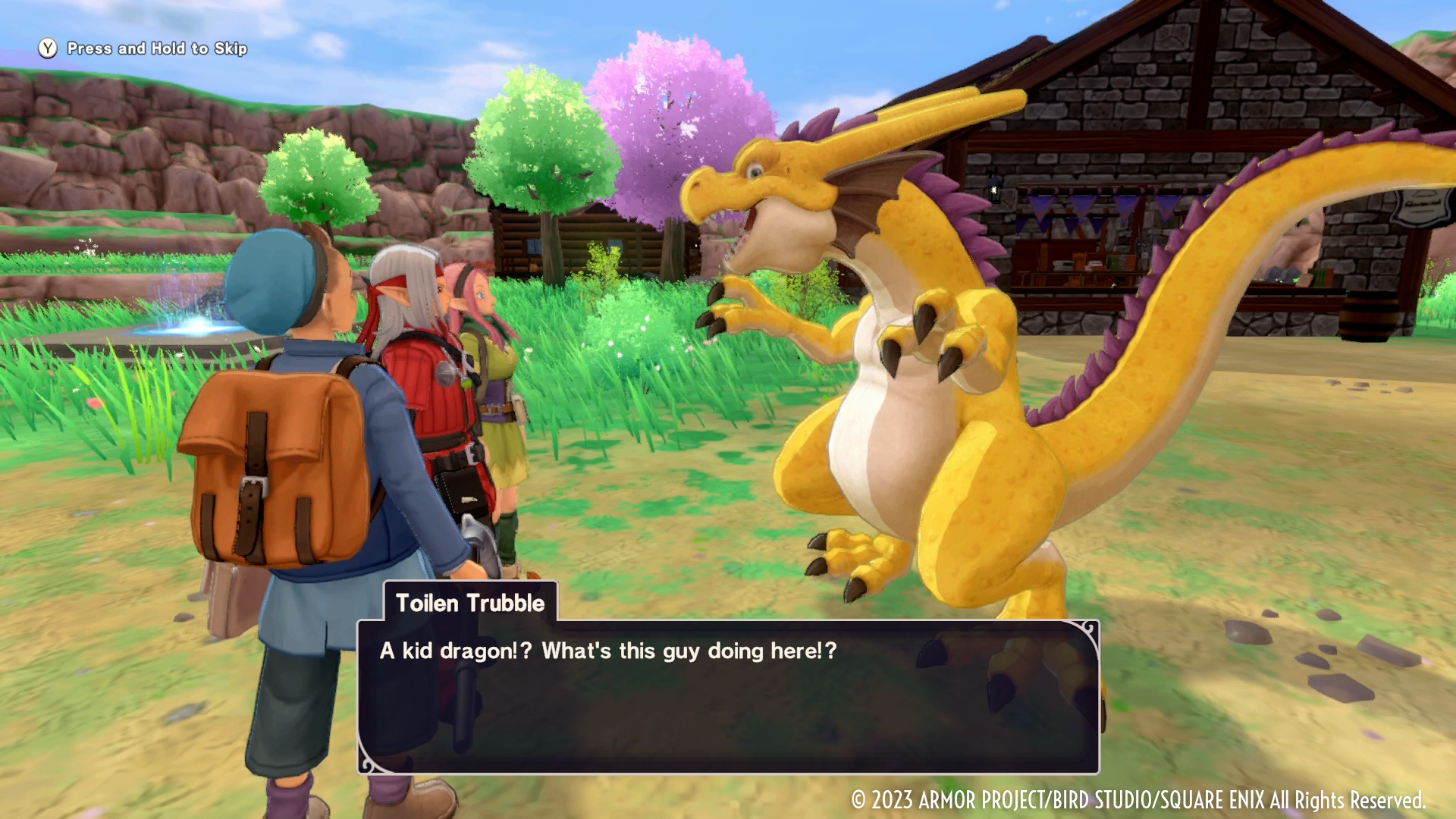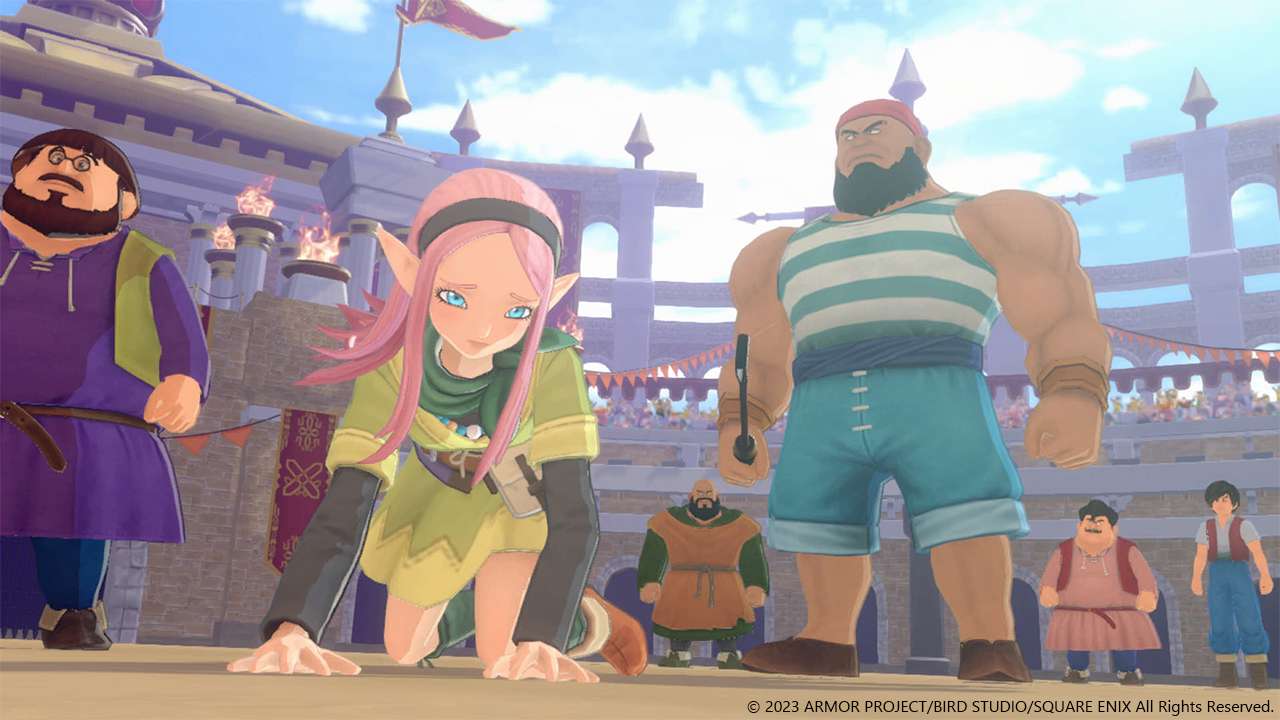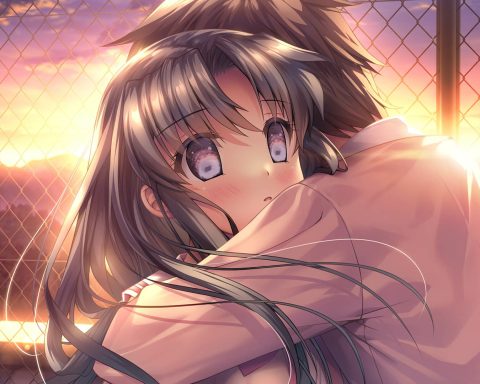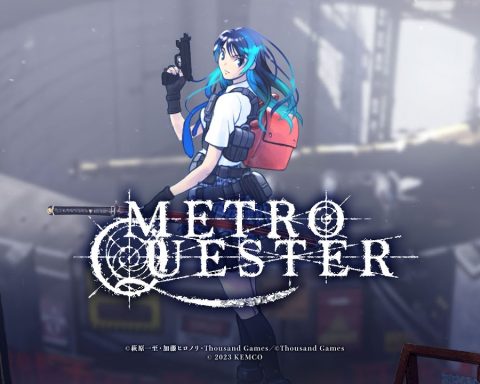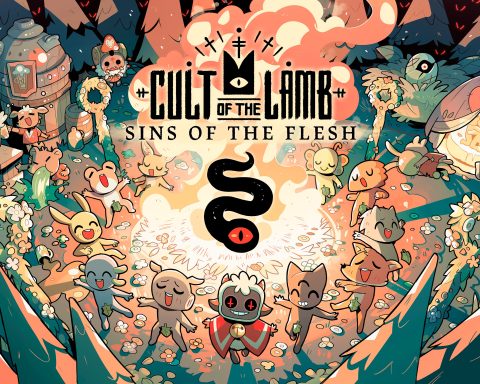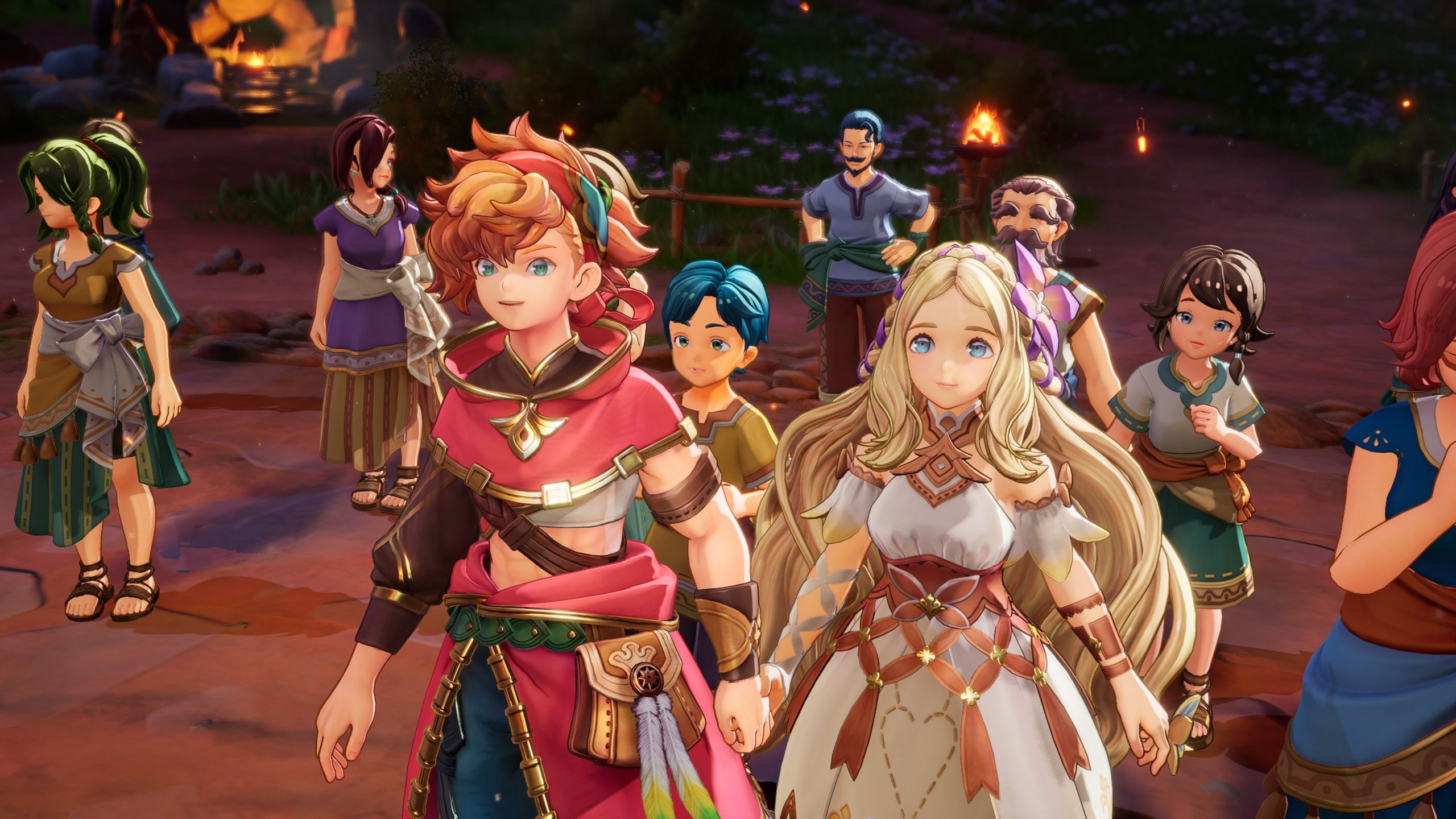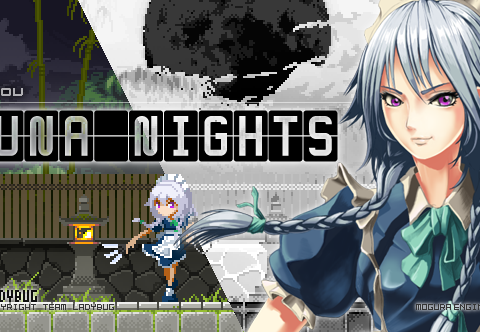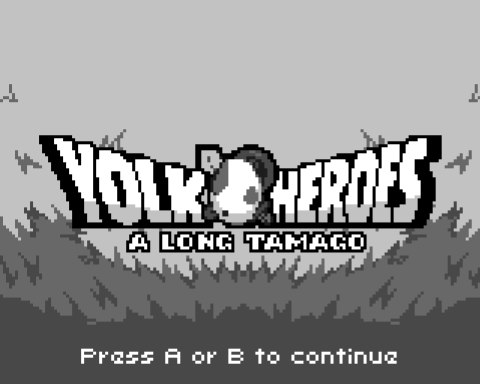It has been seven years since the last proper Dragon Quest Monsters title (Joker 3, back on the 3DS), and that one wasn’t released in English. It has been 12 years since the last Dragon Quest Monsters game was released in English (Joker 2, on the DS). It was worth the wait. Dragon Quest Monsters: The Dark Prince is quite possibly the finest monster collecting game on the Nintendo Switch… and there are many of those on the Nintendo Switch.
Related reading: An interview from the development team on the game.
Dragon Quest Monsters: The Dark Prince is a self-contained story that doesn’t require you to have played another Dragon Quest game before (though I cannot imagine that anyone interested in playing this has not played Dragon Quest games in the past). However, for those who are more familiar with Dragon Quest, The Dark Prince fits in nicely with the overall series. It’s a prequel to Dragon Quest IV (i.e. the best one) that casts you as the villain, Psaro, before he becomes the monster that he is. Here we learn more of his backstory, understand why he comes to hate humans so much, and, yes, develop some sympathy for him. The guy had a horrible and traumatic childhood, basically, and it’s a little understandable how he became so bitter about the world as a result.
Right at the start, Psaro is targeted by a hex, which prevents him from harming monsters. This is, given the line of work he is in, a problem. Thankfully he quickly learns how to charm over monsters and then have them do his bidding and bloody work in combat in his stead. From there Psaro travels from world to world, building his power in a bid to confront the one that cursed him (who also happens to be his father), and finally extract revenge.
People don’t tend to come to monster-collecting games for particularly detailed narratives (Shin Megami Tensei being the major exception), but the effort that went into The Dark Prince is impressive, particularly given that previous Dragon Quest Monsters titles were light-on for narrative, even by the genre’s standards. You’re still doing the same things in The Dark Prince, in that you’re traveling through large worlds, collecting and breeding monsters, and keeping an eye on the goal, which is the Coliseum. Win fights there, and you can progress the story.
But with a greater story giving you context and reason to progress through the story, The Dark Prince is simply better. It’s not a particularly intelligent or philosophical narrative. You’re not going to learn much about the human condition, nor muse over themes of existentialism or morality. But it is well-written, features Dragon Quest’s trademark humour (albeit with a dark edge given the journey you’re following), and is paced nicely. It’s smart stuff by the Square Enix team, overall.
As good as the narrative is, the real hero is the monster collecting and battling. There are more than 500 monsters in The Dark Prince, and while nothing will likely ever compare to the simple charms of the slimes and dracky monsters, there are plenty of new faces here, and they’re all entertaining in their own way.
The monsters have always been the underlying appeal of Dragon Quest. As far back as the first game, when Akira Toriyama was tasked with coming up with a monster design that wouldn’t appear too threatening as the first enemy that would introduce many players to the idea of a JRPG, and so came up with the slime, the enemy designs have been a great propellant for Dragon Quest. When you know that each new area is going to introduce you to new, wacky, entertaining monsters to fight and tame, there’s a strong reason to keep pushing on to the next new area.
The Dark Prince nails this by dolling out the monsters are a good rate, without oversaturating the game with too much energy. You’ve got plenty of time to focus on capturing every new beast in an area before moving on to the next one, and with each monster having distinct skill trees, you’re also given plenty of incentive to try them all out and work out what combinations are right for you.
And then, once you’ve decided you’ve had enough of a monster, it’s time to fuse them with another beast to create an entirely new monster, and this is where the real fun begins. Only monsters of level 10 or higher can be bred, and doing so makes both parents disappear. However, the all-new monster left behind after the fusion can inherit the skill trees of its parents, and as you develop the lineage by leveling, breeding, leveling again and breeding again, you can create some monsters that are delightfully broken and ridiculously powerful, even if they share the design of something much weaker.
Messing around with this system requires some careful planning, forward-thinking, and strategy, and it’s exceptionally rewarding to the meticulous. You can get through The Dark Prince without totally mastering this system (though you’ll want to do some good fusions at least a few times to speed progress up). However, you’ll get the most out of the game by being playful and creative with it. It’s one of the most balanced games I’ve ever come across in terms of rewarding both the min-maxers and casual players, and just goes to show how carefully considered the team at Square Enix has been with this project.
The combat system itself is vintage Dragon Quest, with all the turn-based hijinks, as well as uniquely named and wacky special abilities that come with that. For people who simply want to trust in their team-building skills, it’s also possible to select an auto-attack option and just let the AI take over. Things start slowly with this combat system, as monsters unlock abilities slowly through leveling up, but once you start fusing them together, the depth of strategic options that you have access to accelerates exponentially.
The only thing I don’t like about the whole combat system is the method of recruitment. In Dragon Quest Monsters, you woo monsters to your side with a “show of strength,” which involves all four of your party members flexing their critter muscles to boost the percentage chance of a successful recruitment. Once the four percentages have been tallied, that’s the final percentage that you’ll win the enemy over. Fail and that enemy will get mad and a power boost instead.
The problem with this system is that it makes recruiting more difficult monsters impossible. In a game like Pokémon, if you are squared off against a more powerful monster, you can still inflict it with status effects, and then use a more valuable poké ball to improve your chances of catching it. In Dragon Quest Monsters, you can use food to somewhat increase the chances, but it’s more likely that you’re going to have to do a combination of fusions and grinding first, and then come back to an area to capture a powerful monster.
Dragon Quest Monster’s only other issue is that it’s too ambitious for the console hardware. The worlds that you explore are fairly large, and suffer from the standard bevvy of pop-in issues that are common to open worlds on the Switch. With the anime aesthetic, however, it’s arguably more noticeable than with more realistically-themed games. Given that this game was built specifically for the Switch, it might have been better to have a more modest scope. However, on the plus side, Dragon Quest Monsters does have a seasonal system in place, with the environment shifting between autumn, winter, spring and summer, and each of those seasons brings a new visual style, and unveils new secrets and areas to explore. That’s a really nice touch that helps make returning to previous environments to continue to explore them.
Dragon Quest Monsters: The Dark Prince is an exceptional return for one of Square Enix’s most under-appreciated properties. With Pokémon going through a rare period where it’s not meeting nearly universal acclaim, perhaps this is the big opportunity for this series to finally break through, some 25 years after it first launched on Game Boy Color.
Buy Dragon Quest Monsters The Dark Prince on Amazon (by buying the game from this affiliate link, you support DDNet, as we get a small commission from the sale)
